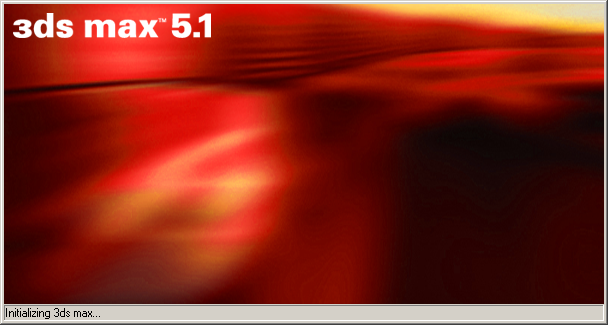
3ds Max is software for 3D modeling, animation, rendering, and visualization. Download free trial Are you a student? Get it free for 3 years. Get Autodesk software free for 3 years. Students, teachers, and academic institutions worldwide are eligible for free access to Autodesk software. Discreet's 3ds max is a very popular and robust 3D animation and rendering package. Version 6 of the software provides a number of excellent updates to existing features and adds some new features, such as a robust particle system and mental ray rendering.
1988 After their success on the Atari, The Yost Group forms and begins a publishing relationship with Autodesk. The team begins a new project, THUD, a modeling and rendering application named for Tom Hudson, the one and only programmer working on the project.
The application started out in four modules (Shaper, Lofter, Editor and Material Editor) due to the 640k memory limit on DOS. After joining with Dan Silva, keyframing was introduced which added the fifth and final module, 3D Studio.
Pereletnie i zimuyuschie ptici prezentaciya dlya detej. And all because of the high concentration of the medicine the essential oil.
THUD had turned into a 3D animation program. Autodesk agrees to publish 3D Studio with the new Yost group and removes the 640k memory limit, allowing all 5 modules to work together. 1990 On Halloween, Autodesk releases 3D Studio, the first affordable (and integrated) 3D modeling, rendering and animation system for the PC. The product is released at the unprecedented price of $3495 USD and has not gone up since. 3D Studio was released with an amazing amount of functionality, the ability to draw spline shapes, lofted surfaces, geometric primitives, and basic mesh editing was combined with object level keyframing were all revolutionary.
A 3D Studio support forum (the origins of “the Area”) is started on CompuServe, and eventually becomes one of the most heavily used forums on the service. Gary Yost and Jack Powell from the Yost Group become the primary “support” for 3D Studio and start building the 3D Studio user community. 1992 Autodesk releases 3D Studio R2 An IPAS interface for 3D plug-ins is introduced – for Image processing, Procedural modeling, Animation, and Surfaces.

The GUI colors change (as they become customizable in this version) The Yost Group produces several suites of plug-ins that are sold after market to enhance 3D Studio, providing everything from particle systems to lens flares. Planning begins on a new, object-oriented product (code name Jaguar, what would become 3D Studio MAX) that will take full advantage of Microsoft’s upcoming 32-bit OS and object oriented programming methods. 1993 Autodesk releases 3D Studio R3.
With only Dan Silva and Tom Hudson working as developers, Dan gives the Material Editor and Renderer a major overhaul. Two new extension types are added for bitmap processing and keyframing, and the IPAS term is retired and the term Plug-In is used from then on.
Planning on Jaguar begins in earnest, with Don Brittain joining the team from Wavefront to design its Windows framework. 1994 Autodesk releases 3D Studio R4, this “plug-in release” adds all its new functionality including Inverse Kinematics, Fast (Shaded) Preview, and Keyscript (Keyframer scripting language) This is the first release where Autodesk provides development assistance other than install or the initial DXF support. Johnny Mnemonic and The Craft are made using this release. After producing the impressive IK module for R4, its author Rolf Berteig is brought onto the Yost Group for Jaguar. The full-time Jaguar development team is now up to four. A new publishing agreement is made with Unreal Pictures to produce a character animation add-on product for Jaguar.
Code named “Cheetah”, it was the most complex plug-in concept anyone had yet come up with, and pushed the architectural needs of Jaguar very early in its design. 1995 Autodesk announces 3D Studio MAX for the Windows NT platform at the LA SIGGRAPH. Crowds were blown away to see interactive shaded, textured objects, animating in real time to music in the viewport for the first time. “Have you seen it?” buttons are handed out at the Autodesk booth, and MAX becomes the buzz of the show.
Plug-in support for MAX was announced from numerous companies. 3D Studio MAX featured: A true 32-bit application, which was thoroughly multi-threaded, as modeless as possible, and with an object-oriented architecture having a robust instancing and referencing system (unmodified to this day). The shaded, interactive graphics leveraged Autodesk’s new HEIDI interface to deliver 3D shaded performance without either OpenGL or Direct3D (as neither existed for the fledging Windows NT at that time).